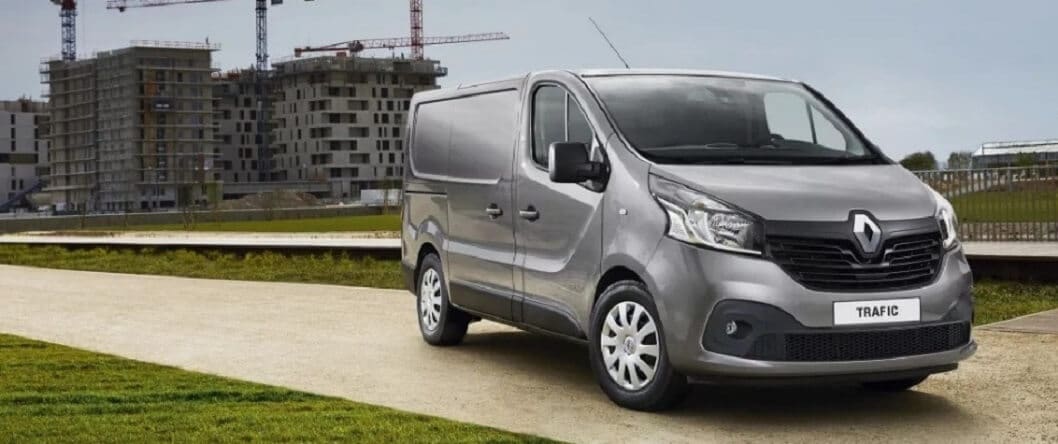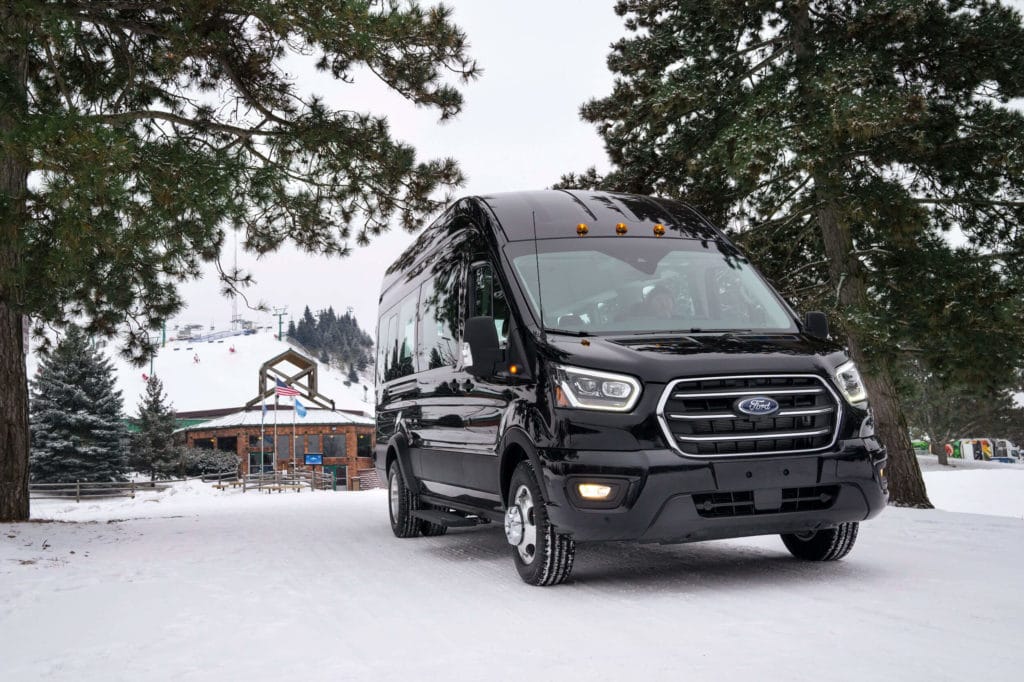There are many terms used when displaying a vans specification which can be very confusing, the van glossary below should help clear some of the confusion you may have had for van terms.
- ABS (Antilock Brakes) – Prevents the wheels from locking which would cause the van to skid out of control, ABS stops the van in the shortest possible time but gives the driver steering control in the process.
- Balloon Payment – A balloon payment is a large sum payable at the end of some lease or hire purchase agreements where the monthly payments will be slightly less than an agreement where the total amount owed is paid through instalments only.
- Box Van – This is a van with a cuboid shaped cargo area.
- Bulkhead – This is a partition that provides an extra level of security by separating the cab area and the load area. Bulkheads come in half height, full height, solid, Grille/mesh and bulkheads with windows.
- Chassis Cab – Also known as a cab chassis is a style of body. It consists of a cab and bare bones ladder frame which is the basic building platform to which the van can be converted to a tipper, dropside or box van.
- Conversion Van – These are vans that have been modified by a third party whether it’s to cater for someone with a disability, for use as a motor home or other.
- Crew Vans – Have an extra row of seats and can carry up to 6 passengers.
- Dropside Van – These have an open top and shallow sides that drop down for easy access, they are commonly used in the construction and landscape/gardening industries.
- EBA (Electronic Brake Assist) – In an emergency if you don’t apply sufficient force to the brake pedal EBA sensors detect its an emergency and compensates for deficiencies in brake pressure and raises the brake pressure to give a shorter braking distance.
- EBD (Electronic Brake Distribution) – Works in conjunction with ABS what EBD does is adjust how much braking force both the front and rear of the van have. By using sensors it electronically monitors the road conditions, the speed and weight of the van to increase the vans ability to stop in the shortest distance under any condition.
- ESP (Electronic Stability Programme) – Also known as Dynamic Stability Control (DSC) has been referred to by many automotive experts as the single most important safety feature developed since air bags and seat belts. When an emergency manoeuvre is performed ESP uses sensors to prevent the driver from losing control an example of this would be in situations such as slippery surfaces or sharp corners.
- Euro 4 – This is a UV emissions standard that was first introduced in 2005 and means that your van is limited to a set level of emissions, so your van will be greener than an older model that doesn’t comply to Euro IV.
- Gap Insurance – When you take out a lease agreement or repayment loan for a van the amount you still owe for the van can be more than the value of the vehicle due to depreciation. As insurance only pay out the value for the van at the time of theft or an accident which may result in a gap between the value you still owe in payments and the amount the insurance company pay out. Gap insurance takes care of this amount so that you are completely covered.
- Gross Train Weight (GTW) – This is the maximum permitted weight of the van + the trailer being towed (this includes any loads being carried in the van/vehicle or trailer).
- Gross Vehicle Weight (GVW) – The gross vehicle weight is the maximum allowable weight of the van including the weight of the driver, passenger’s fuel and any load being carried.
- Hire Purchase – This is where the hirer pays instalments to the hire purchaser for the use of the van, the van remains the property of the hiring company until the last instalment is paid. If the person or company hiring the van terminate their contract then the van goes back to the hire purchase company. It’s different from purchasing a van through finance instalments as this method of purchasing a van means that ownership of the van is transferred to the purchaser after they make the first payment instalment
- HP (Horse Power) – This is the power responsible for acceleration, pushing the vehicle along and cruising under normal conditions. If you want to floor your van and see how fast it will accelerate then horsepower is the measurement you would be concerned with as its what gives you quick acceleration (see torque also).
- Lease – Van leasing is where an individual or company rent a van for a fixed period of time and at the end of the agreement just return the van. When you lease you are only paying off the depreciation of the van over the term, so it can work out quite a bit cheaper than purchasing if you intend to swap vans every 3-4 years.
- Load Space – The interior space of a van where goods can be loaded for transporting.
- Luton Van – A Luton van has a box style body that extends over the cab, they are very popular with removals companies because they have a large internal storage capacity.
- LWB (Long Wheel Base) – The wheelbase is the distance between the centre of the front wheel and the centre of the rear wheel. A MWB van is longer then a SWB but shorter than a LWB so is in the middle for size for base length.
- MWB (Medium Wheel Base) – The wheelbase is the distance between the centre of the front wheel and the centre of the rear wheel.
- Panel Vans – These have rigid non articulated bodies with good exterior protection to prevent bumps and scrapes. They are available in a wide range of shapes and sizes and are designed to be compact on the outside while maximising the internal load space. The most popular panel van is the ford transit, but there is no shortage of choice when looking for the right panel van for your needs.
- PAS – Means power assisted steering which mates steering the van a lot less strenuous.
- Payload Capacity – The Maximum cargo weight a van can carry.
- Single Cab – This is where the van has just one row of seats which will allow up to 3 passengers to be carried depending on the van size.
- SWB (Short Wheel Base) – The wheelbase is the distance between the centre of the front wheel and the centre of the rear wheel, so a SWB will be similar in length to a medium size car. You can’t fit as much in the van as a MWB or LWB but they are very useful for manoeuvring in small spaces and a lot more economical in fuel.
- Tail Gate – Pickup trucks, tippers and dropside vans all have a panel at the rear that prevents anything from falling out of the back. This rear panel is called a tail gate on pickups and dropsides the tail gate is hinged at the bottom so that the tailgate can lower. On a tipper the tailgate is hinged at the tip so that when the loading area is raised the load being carried can easily slide out of the rear without getting trapped in the tail gate.
- Tail Lift – Often seen on Luton vans or some panel vans a tail lift is a hydraulic platform that can be used for lifting goods or people from the floor to the load space level. Tail lifts fold up when not in use, but can be very heavy and decrease the vans payload capacity.
- Tipper Van – Like a dropside van with an open top and shallow sides that drop, the difference being that a tipper has a hydraulic ram which mechanically raises one side of the load area to enable the contents to be emptied quickly.
- Torque – Is the brute force behind the engines power and is used when moving from a stand still to get the vehicle into motion. If you are towing something behind the van, hauling heavy good or driving up a long steep gradient, torque is what gives you the power. Torque and Horsepower combine to give you your engines power.


